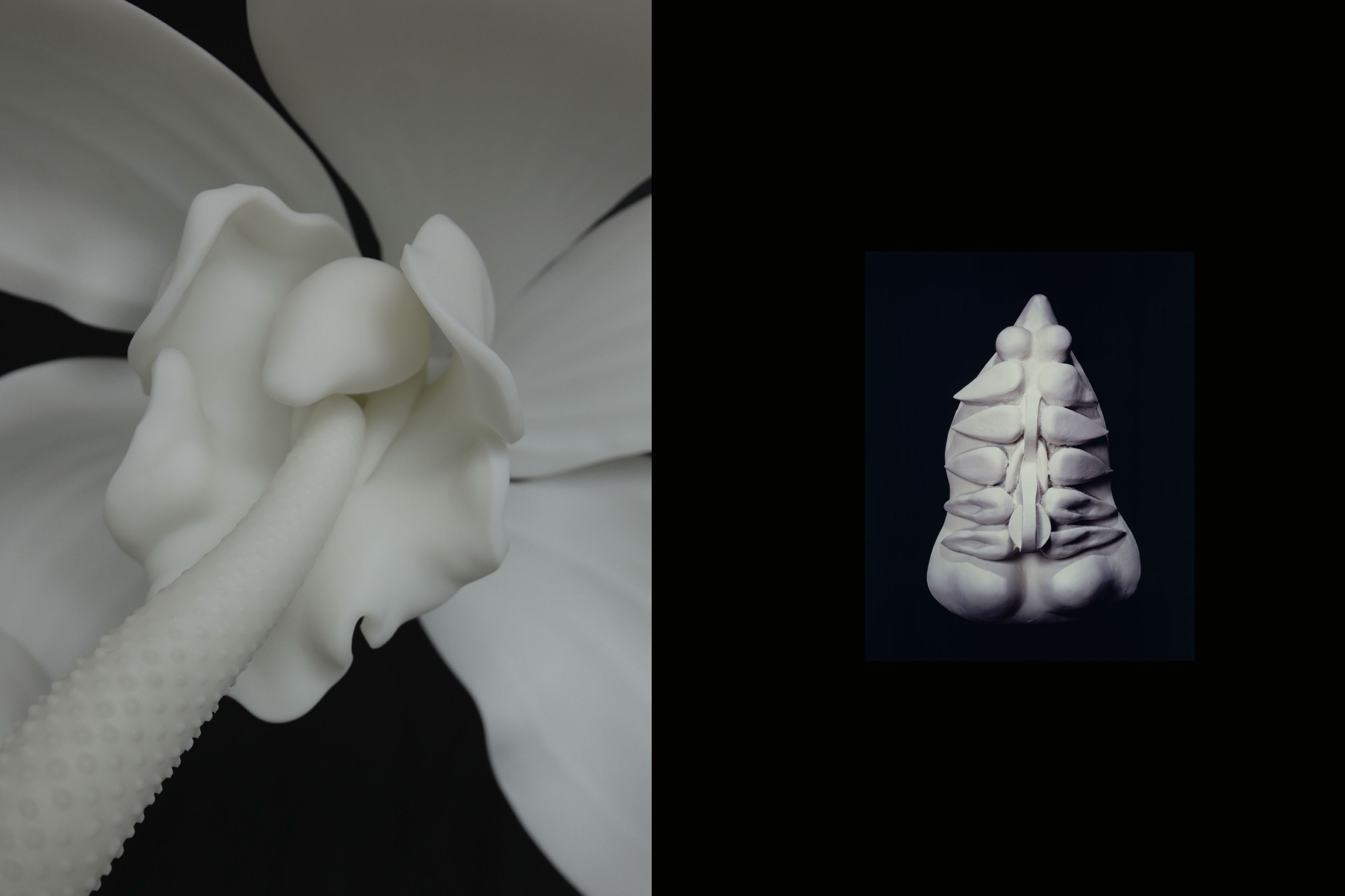Oregon Ballet Theatre’s New Hybrid Season Highlights a Path Forward for Performing in a Pandemic

OBT dancers (like Peter Franc, above) will perform from their Slabtown warehouse for the 2020–21 season
On a Zoom call from his home, Oregon Ballet Theatre artistic director Kevin Irving admits he’s been asking himself what the point of a ballet company is in the first place.
“The divisions we see in the city and in the outlying areas, the contexts in which we’re operating, it has to impact us,” he says, discussing his strategy for leading 31-year-old OBT through 2020’s choppy waters. “We cannot escape the fact that we are the Oregon Ballet Theatre and we are located in Portland, Oregon. And our community has gone through quite a lot over the last six months.” To say the least.
But after rampant uncertainty and myriad false starts, arts organizations worldwide have begun to find their midpandemic footing—the ones who can afford to “pivot,” that is. After going dark for much of the spring and summer, OBT announced its retooled 2020–21 season in September, which marries scaled-back live performance with digital viewing options. It’s an ambitious undertaking, and it could provide a blueprint for other organizations scrambling to perform safely as COVID wears on.
The performances, many of them showcasing new work, will take place at the Slabtown warehouse where OBT builds costumes and sets for itself and organizations like Portland Opera and the Oregon Zoo. Modular, distanced seating will be arranged according to ticketholders’ quarantine pods and cap around 30 patrons. A series of talks—somewhat laboriously titled “(R)Evolve”—will tackle topics like race and gender in the world of professional dance with panel members from the community and beyond, and everything will be available for digital viewing. Some streams, including all R(E)volve talks, will happen live, while others will be professionally shot and edited for on-demand access.
The season announcement followed close on the heels of the revival of OBT Exposed, an initiative dating back to the mid-’90s that this year saw dancers—laid off since March—conditioning in public spaces like Zidell Yards and the parking lots of OMSI and Hacienda CDC on NE Killingsworth. “We wanted to be very visibly present for Portland,” Irving says. “Whether Portlanders love ballet or are ambivalent, [we wanted them to] see us and maybe gain some insight into this thing that’s perceived as elitist and esoteric, and maybe come away with a somewhat broader idea about what it is and what it can be.”
Given Portlanders have a constantly shifting smorgasbord of catastrophes to attend to, some might assume ballet wouldn’t rank on the priority list. Irving, however, is confident people will find time to engage with OBT. “The value of experiencing intentional beauty can’t be overstated,” he says. “It’s a reinforcement of the fact that the bonds we make to each other in a community matter.”
He points to people who say he must, at this point in his career, be sick of watching The Nutcracker, a cliché of a ballet cliché. As a dancer, he admits, he found the yearly repetition difficult. “But as a spectator, I’m at pretty much every performance, [and] it never fails to elicit joy for me, because of how it’s impacting the people all around me,” he reflects. “And I don’t look at that as froufrou.”




